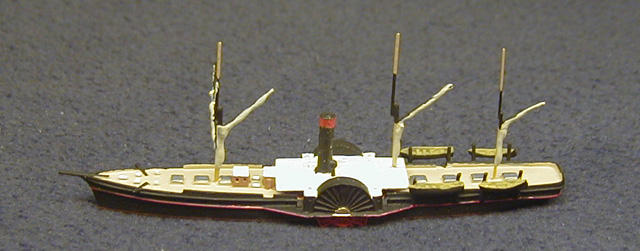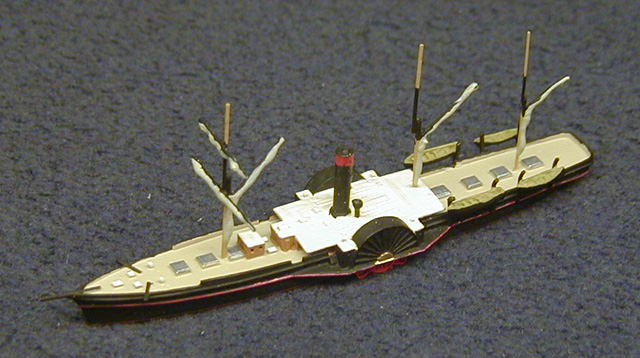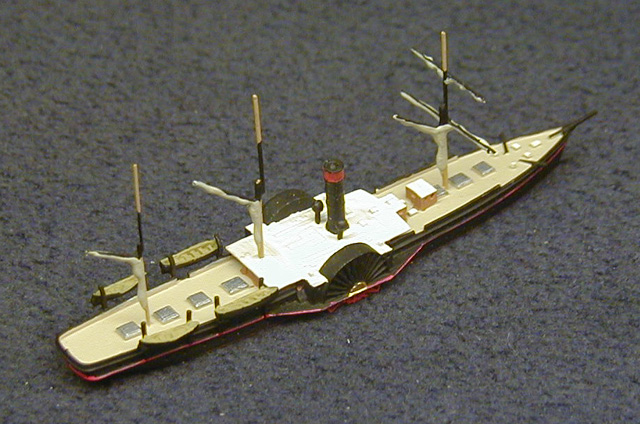Notes: Built as sidewheel steamship George Law for United States Mail Line service between New York and Aspinwall, Panama, as part of the Isthmus route to the California gold fields. Renamed Central America in 1857. Shortly thereafter, she left on her 44th passage from Panama to New York, via Havana, with passengers and an estimated $1,600,000 in gold (at $20/ounce), under the command of Capt William Lewis Herndon. On 8 September 1857, off South Carolina, she was caught in a hurricane and started leaking. After three days, she lost all power. The next day, the Boston brig Marine stood by to receive 100 of her complement, including all the women and children. Later that night, the Central America sank. Of the remaining 478 passengers and crew, some 50 were picked up the next day by the Norwegian bark Ellen; all the rest perished. It was the United States' worst maritime disaster up to that time, and the loss of the gold shipment from the San Francisco Mint to the New York banks helped trigger the financial panic of 1857.
The wreck, at a depth of 8,000 ft. well off the South Carolina coast, was not found until the 1980s, when a syndicate called the Columbus-America Discovery Group located her about 160 miles east of Charleston. Working from the deck of the research vessel Arctic Discoverer with a remotely operated vehicle, they were able to recover some of the gold and various other artifacts. However, the courts ruled that the salvors did not have clear title to the treasure, as contested by eight of the cargo's original insurers, and work on the site was suspended pending a resolution of the dispute.




 Up
Up